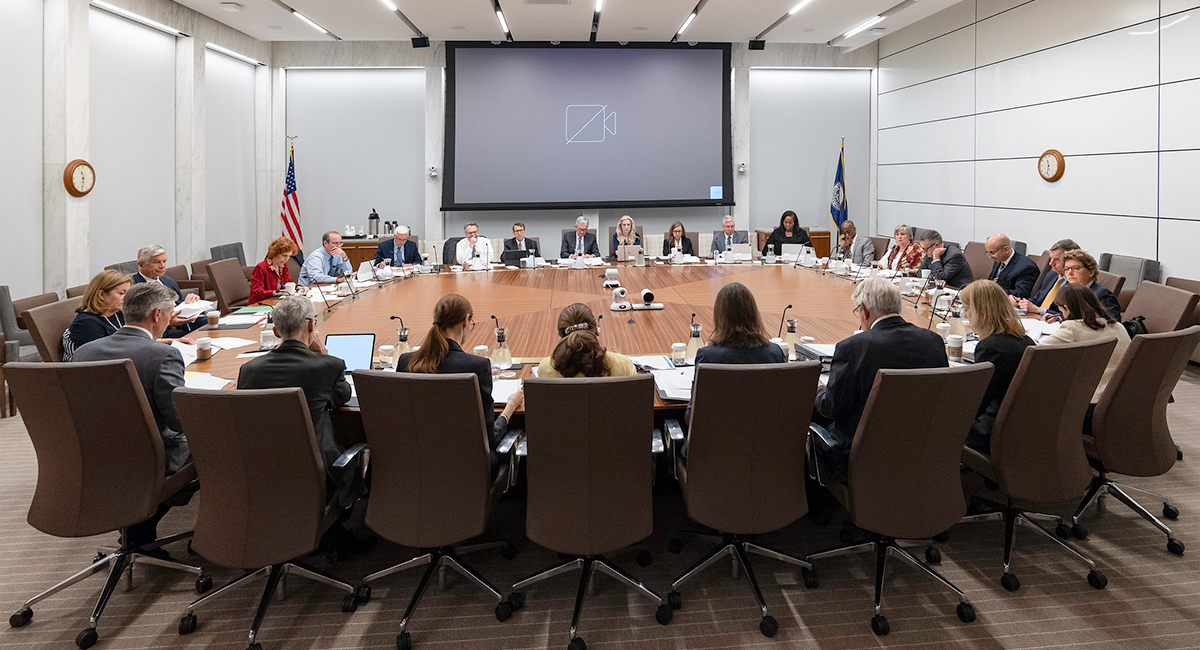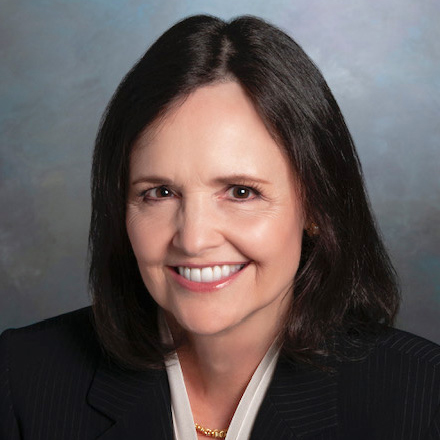Imagine you are chairman of the Federal Reserve. If you want to increase the output of goods and services for the economy to lower prices by meeting elevated demand, what do you do? First, you beg off by saying the Fed doesn’t have any control over supply. Then you try to kill demand.
This is what Jerome Powell finds himself doing now, with inflation at 8.6%, a 40-year high. It almost sounds like the responsible course of action when Mr. Powell says: “We have both the tools we need and the resolve that it will take to restore price stability on behalf of American families and businesses.” But does it actually make sense to hike interest rates in a deliberate effort to reduce employment and curtail economic growth, all to relieve price pressures?
The Keynesian logic that underlies the Fed’s analytical framework is fairly straightforward. To stimulate economic activity and lift aggregate demand, the Fed engages in expansionary monetary policy: It lowers interest rates to encourage borrowing. When spending on goods and services outstrips production, causing inflation, the Fed uses contractionary monetary policy to dampen economic activity and reduce demand: It raises interest rates to discourage borrowing.
A major cause of this recent bout of inflation was the federal government’s putting additional money in the hands of consumers, increasing demand, without increasing supply—but the Fed is hardly absolved of any wrongdoing.
To get a sense of how much liquidity the Fed has injected into the economy since the 2008 global financial meltdown, look at how much the Fed’s own balance sheet has grown. Total Fed assets increased from $1.5 trillion in October 2008 to more than $8.9 trillion today. Every dollar paid by the Fed to acquire securities was accomplished using a keystroke to credit the seller’s reserve balance, which is held on deposit at the Fed. This is how the Fed creates money from thin air.
We could have had more inflation, given the massive expansion of the monetary base, but the Fed pays interest on these balances. It pays banks on the $3.3 trillion in reserves they hold on deposit at the Fed. Additionally, the Fed pays interest on $2.3 trillion in cash parked at the Fed through reverse repurchase agreements conducted with money-market investors.
When the Fed raises interest rates, it does so primarily by increasing these two “administered” rates, which differ by 10 basis points, on the $5.6 trillion in liquid funds. Together, they set an overnight interest rate “beneath which banks and non-bank financial institutions should be unwilling to invest funds in private markets,” according to the Fed.
Given the negative effect pending interest rate hikes are expected to have on employment and economic growth—not to mention the devastating consequences for financial markets and 401(k) retirement plans—this seems a good moment to ask: Does the Fed’s approach to managing the money supply facilitate the productive use of financial capital? Should the Fed be encouraging financial institutions to keep money idle in depository accounts? How does that contribute to increasing the supply of goods and services? This could be precisely the wrong way to carry out the Fed’s mandate to promote stable prices and maximum employment.
Granted, for more than a decade the Fed has created excessive liquidity through its purchases of Treasury debt and mortgage-backed securities, but depriving the private sector of financial resources to correct the Fed’s own monetary mistakes is perverse. It doesn’t help that Mr. Powell and Treasury Secretary Janet Yellen have been slow to acknowledge the inflationary threat.
People may be starting to question the wisdom of wholly discretionary monetary policy as they are asked to accept a punishing sequence of rising interest rates. But a punishing sequence of rising interest rates seems to be the Fed’s only feasible option for addressing the latent inflation it enabled, which was triggered by fiscal stimulus.
Mr. Powell should note that the original inflation-targeting operating model for central banks—first put in place in New Zealand in 1990—included a provision for dismissing the top official for inadequate performance.
Accountability shouldn’t require omniscience, but neither should it excuse errors of judgment that end up harming Americans across the income spectrum. It was jarring to hear Ms. Yellen tell the Senate Finance Committee last week: “I do expect inflation to remain high although I very much hope that it will be coming down now.” You would think the former Fed chief would rely more on quantitative reasoning than wishful thinking.
The latest CPI number made it clear that inflation isn’t yet coming down—prompting the Fed to take a more aggressive stance. Contractionary monetary policy theoretically requires a nominal interest rate higher than the inflation rate. It isn’t clear the Fed is willing to go that far. In the extreme, high interest rates could cause bankruptcies and defaults. Meanwhile, a rising dollar could render dollar-denominated debt untenable for foreign borrowers with weak currencies.
All of this should cause us to rethink how the Fed intervenes in the economy. Neither artificially high interest rates nor artificially low interest rates are most conducive to productive economic growth. What a market economy needs is meaningful price signals—real interest rates.
Let’s abandon talk of hawks and doves on the Fed’s monetary policy-making committee and listen to the woodpeckers prepared to hammer away on the principle that money should provide a dependable store of value.









